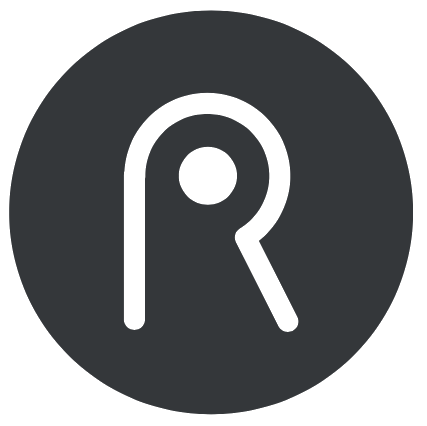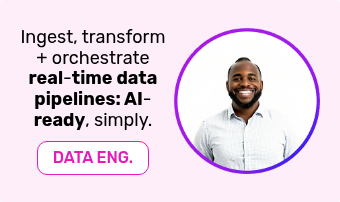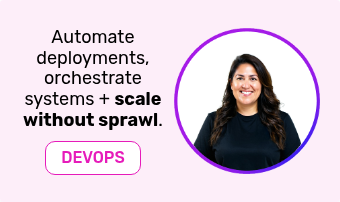Data plays a critical role in industrial IoT (IIoT or industrial internet of things) as it is the foundation upon which IIoT systems operate and real-time optimisations are found.
IIoT software relies on data from sensors and devices to monitor and control various aspects of industrial operations such as temperature, pressure, vibration, flow and more. In addition, they rely on integrations with other business systems to provide the full picture on performance, such as SCADA, ERP and other key production and asset software. This data is then used to gain insights and make decisions that can improve operations, increase efficiency, and reduce costs.
The role of data in IIoT can be broken down into several key areas:
- Data collection: Data is collected from sensors, devices and integrations in real-time, which is then transmitted to the IoT platform for further processing and analysis. A key characteristic of good IIoT software is its interoperability, as the ability to easily extract or ingest data from is often the most complicated part of any IoT solution development project.
- Data storage: Data is stored in a data management system, such as a database or data lake, where it can be accessed, analysed and visualized by authorised users. In some instances, the IIoT software that you’re using can also be used as a disaster recovery (DR) system should a problem occur elsewhere.
- Data processing: Data processing is one of the most important aspects of IIoT, as it involves extracting meaningful insights from the data. This can be done using various techniques such as machine learning, statistical analysis, and other forms of data analysis. These insights can then be used to improve operations, increase efficiency, and reduce costs. For example, by analysing data from sensors on a production line, an organisation can identify patterns and trends that indicate when maintenance is needed, which can help to reduce downtime and increase production.
- Data visualization: Data visualization is another important aspect of IIoT, as it allows users to understand the data and make informed decisions. This is done by creating dashboards and reports that display the data in an easy-to-understand format. These dashboards and reports can be customised to meet the specific needs of the organisation and can be accessed by authorised users from anywhere at any time.
- Data governance: Data governance is also an important aspect of IIoT, as it ensures that the data is managed, secured and compliant with industry regulations. This includes ensuring that the data is accurate and complete, that it is stored and transmitted securely, and that it is only accessed by authorised users. It also includes ensuring compliance with industry regulations such as GDPR and HIPAA.
When it comes to data, not all IoT software is created alike. Platforms such as our IoT platform has advanced features that puts you in control of all aspects to do with your data in an easy-to-achieve way. What we mean by this is that you can configure, collect and process data without needing to do any coding, using the host of out-of-the-box integrations that come with it, machine learning functionality, and easy to configure and share dashboards and reports.
Speak to us today to find out more, get some free help, and discover how to get started.
Author





















































